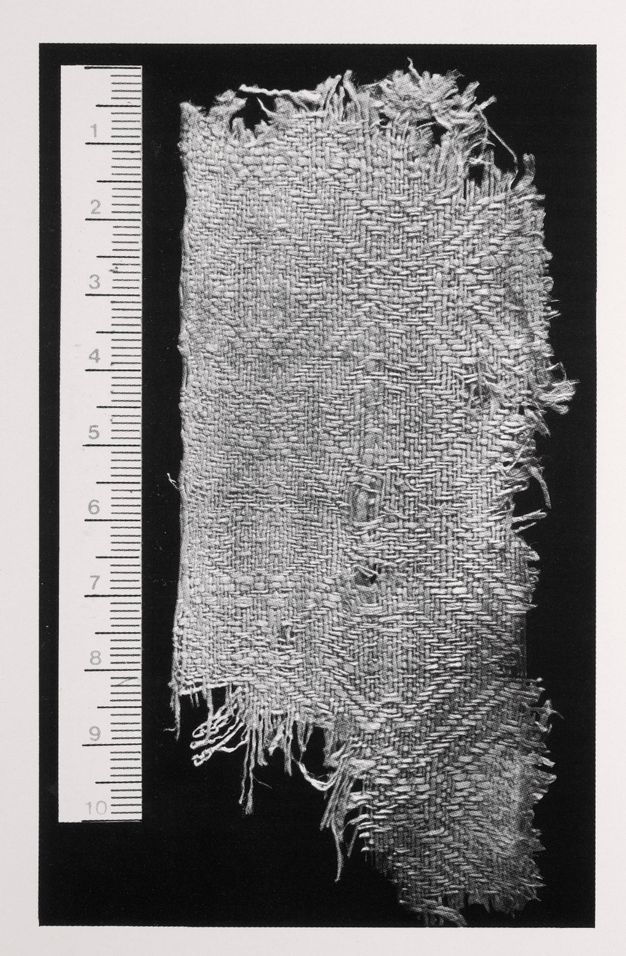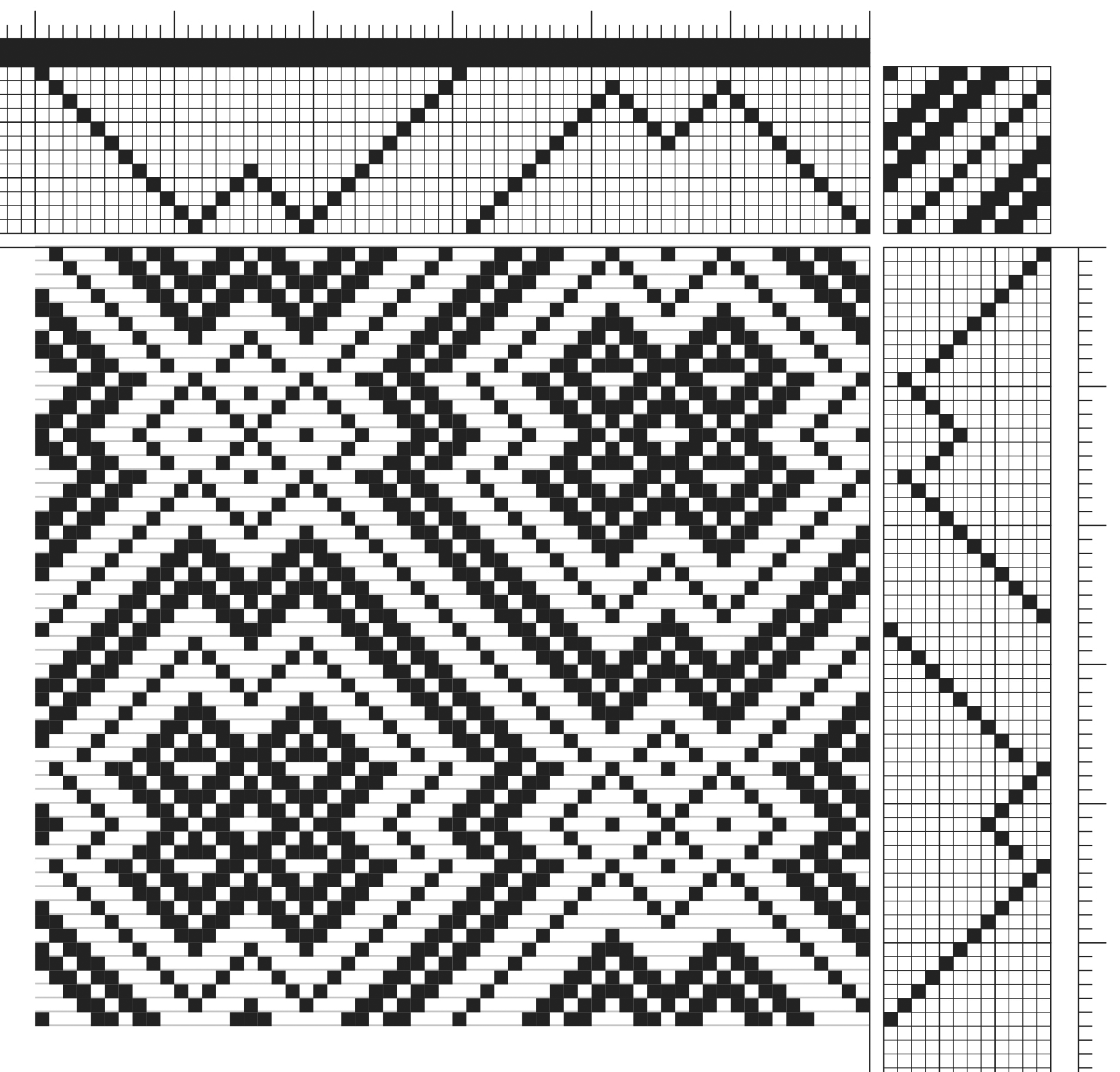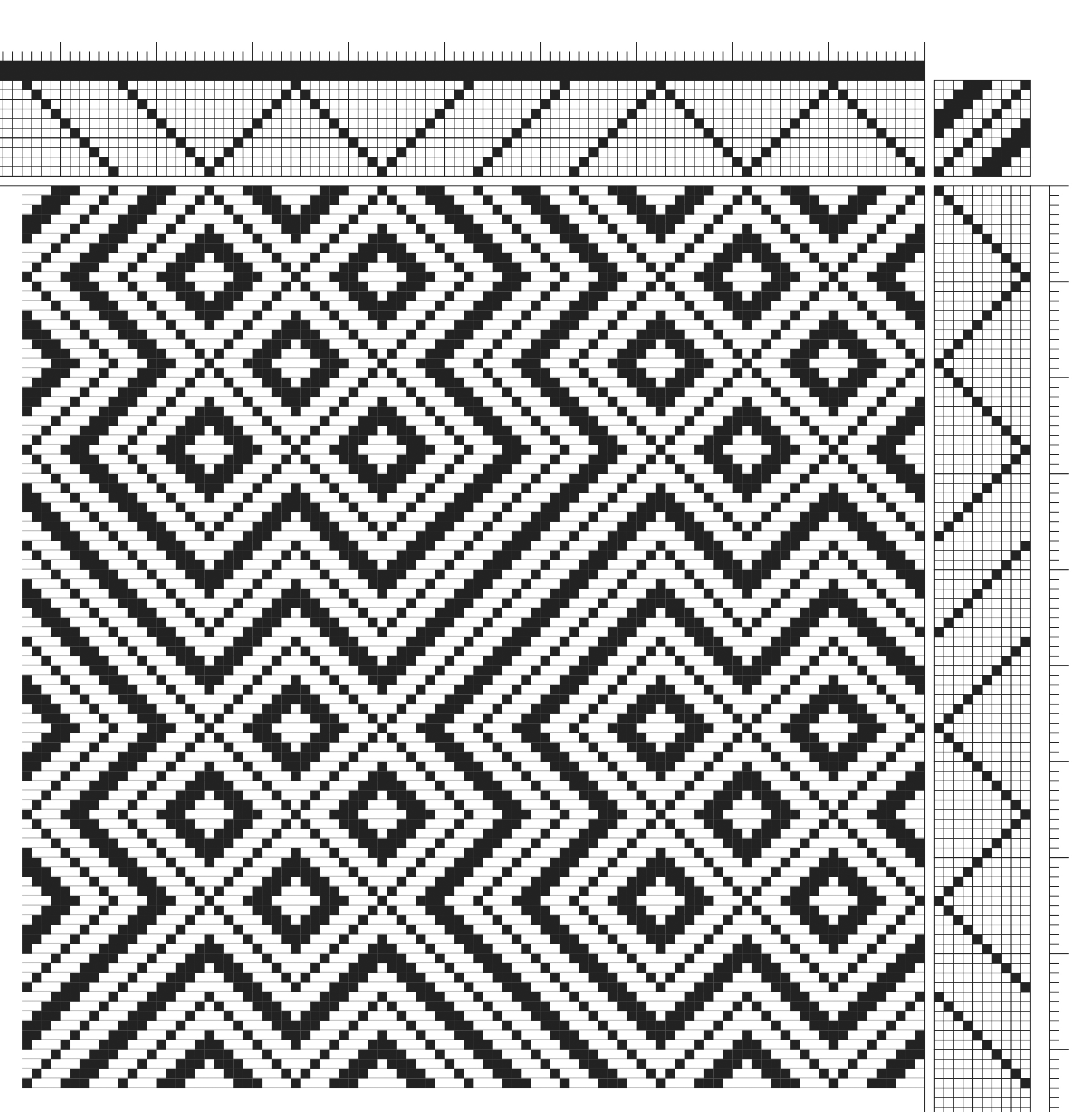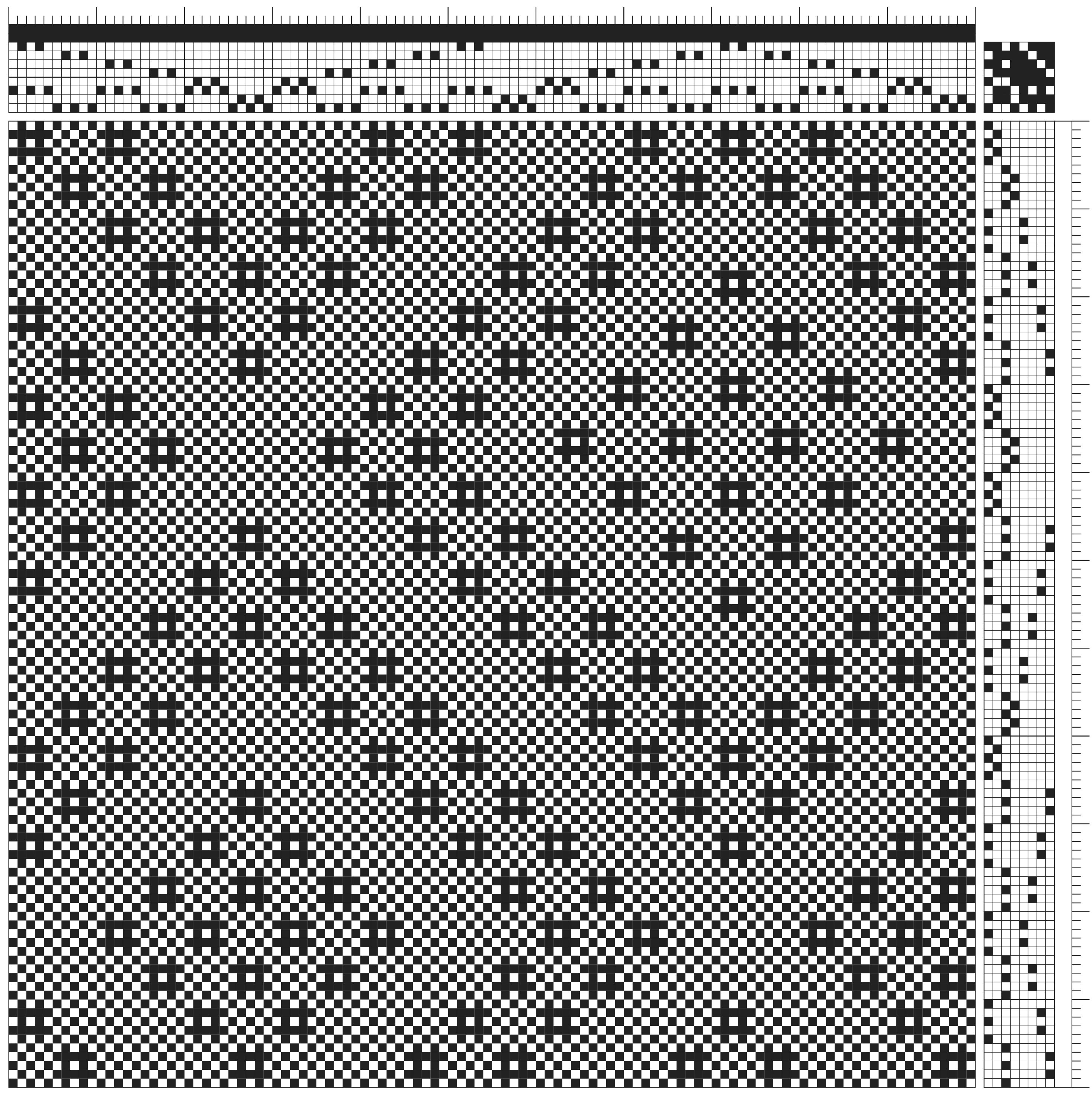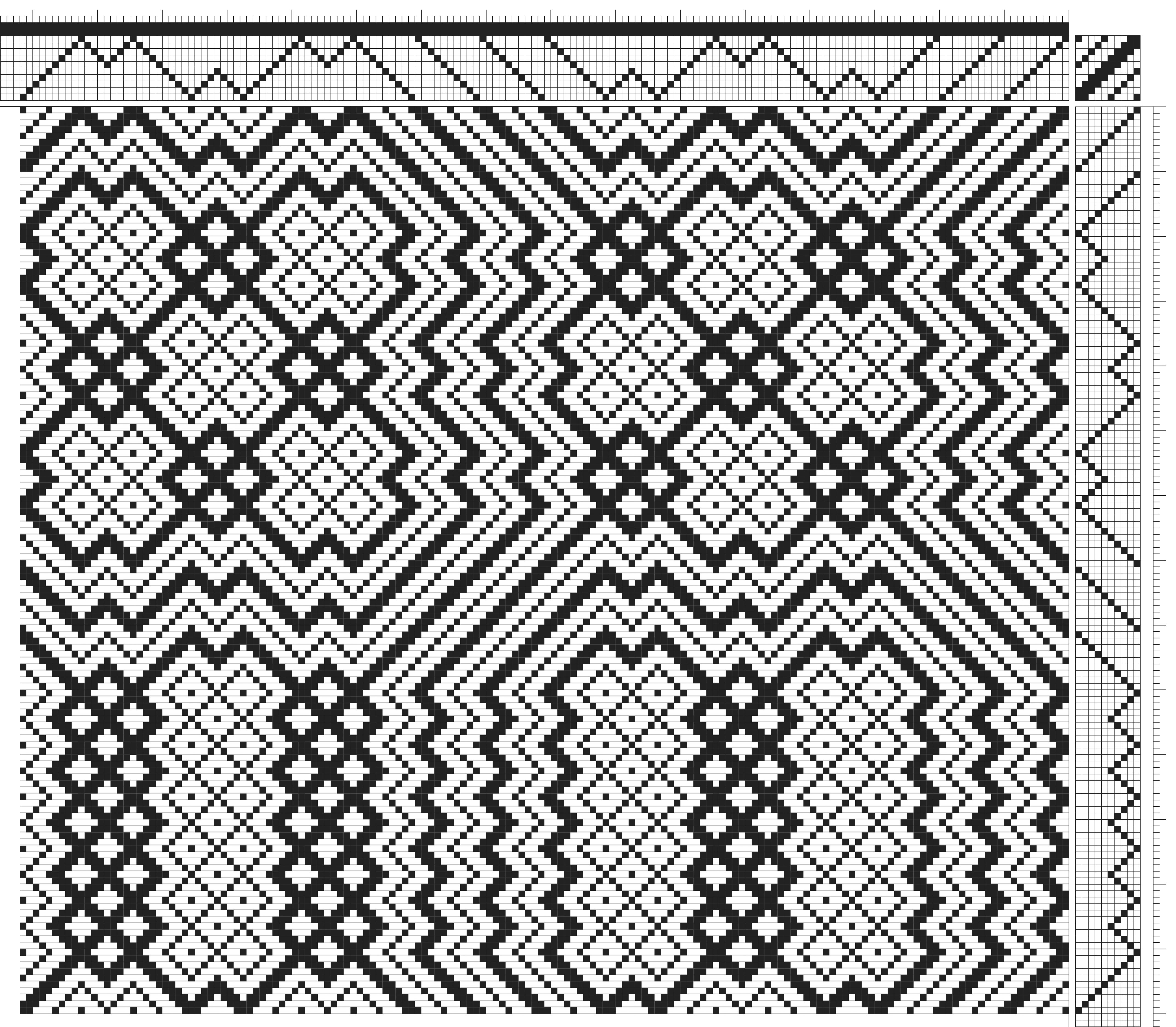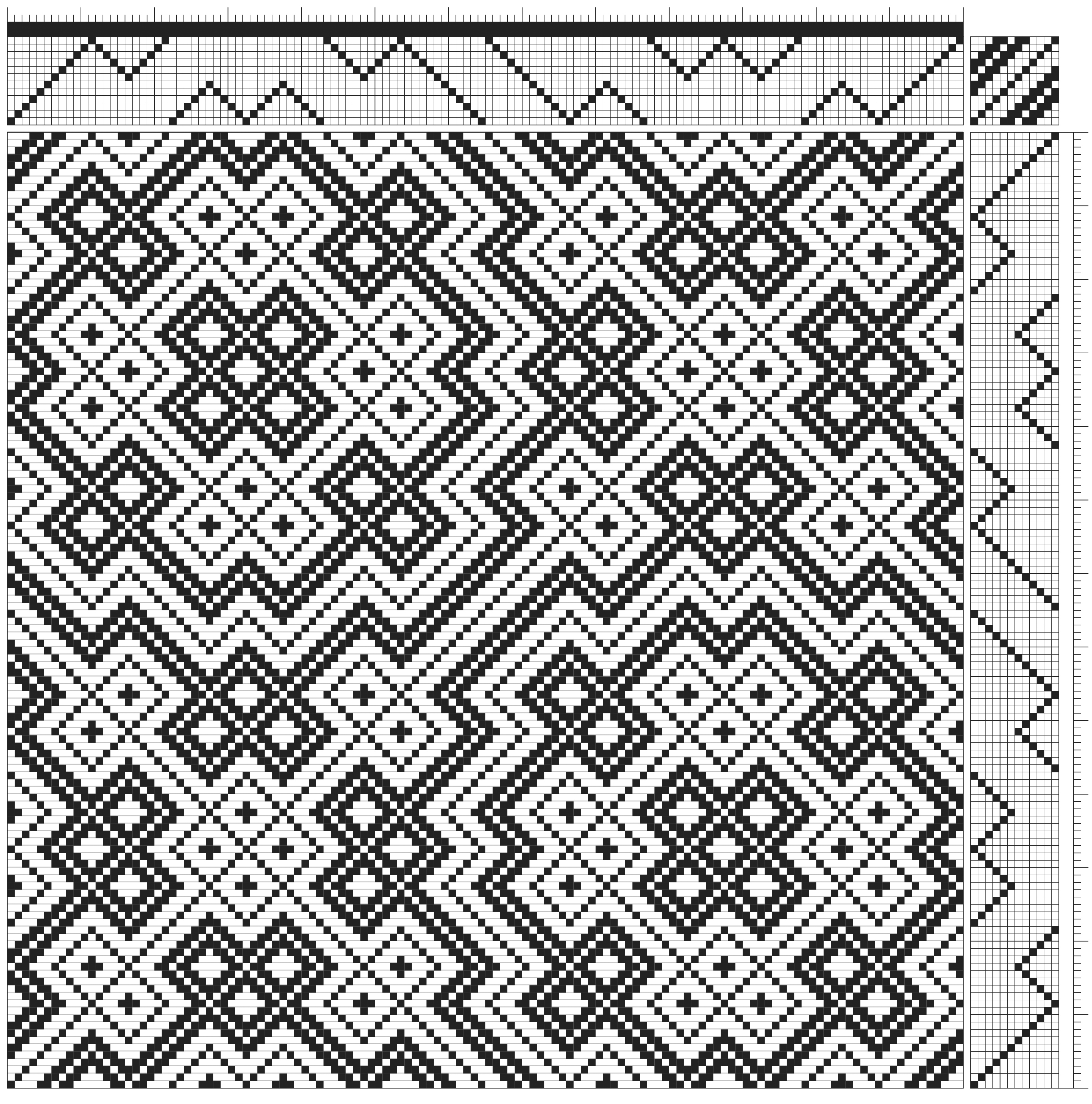Textiles with a woven pattern were used as painters’ canvases by Spanish and Italian artists in the sixteenth and seventeenth centuries. In this poster, textiles that have been hidden for centuries between paint and lining canvas come to life in handwoven reconstructions. The research and reconstruction of canvases contributes to the understanding of technical painting and art history and brings attention to an understudied aspect of textile production during the period that an artwork was created. Canvas reconstruction enables new research and may provide insight into why old masters used these supports, as well as how and when these textiles were made.
46. Historical Canvases Deciphered: Five Case Studies
- Helena Loermans, Lab O, Odemira, Portugal
Introduction
Textiles with a woven pattern were used as painters’ canvases by Spanish and Italian artists in the sixteenth and seventeenth centuries. But art historians and paintings conservators have focused on the painted layers rather than on the underlying fabric.
In this poster, textiles that have been hidden for centuries between paint and lining canvas come to life in handwoven reconstructions of the support canvas of five paintings by El Greco (fig. 46.1), Titian (fig. 46.2), Caravaggio (fig. 46.3), and Velázquez (figs. 46.4, 46.5). The support canvas used by the great masters is shown in each of the figures.
Material and Methods
Close examinations enabled Lab O to analyze the weave structure of the patterned textile canvas. Using software developed for computer-aided handlooms, Lab O then developed a weave draft for the reproduction of these linen textiles.
A weave draft of the El Greco canvas had already been published (de los Rios y Rojas, Mantilla, and Maria Socorro. 1977. “Analisis del tejido de dos muestras procedentes de la tela y el forro del cuadro del Greco Entierro del Conde de Orgaz, conservado en la iglesia de Santo Tome de Toledo” [Analysis of the Texture of Two Samples from the Canvas and Lining Canvas of El Greco’s Painting Burial of the Count of Orgaz, Preserved in the Church of Santo Tome in Toledo]. In El entierro del Conde de Orgaz: Nueva instalación, tudio científico y tratamiento. Madrid: Instituto de Conservación y Restauración de Obras de Arte.). Four high-resolution X-ray images, provided by the museums that hold the paintings, were deciphered to find the pattern of these textiles.
After consulting the first published book on weaving (Ziegler, Marx. 1677. Weber Kunst und Bild Buch. Ulm: Augspurg.) and a modern facsimile, translation, and study (Hilts, Patricia, Marx Ziegler, and Nathaniel Lumscher. 1990. The Weavers Art Revealed: Facsimile, Translation and Study of the First Two Published Books on Weaving: Marx Ziegler’s ‘Weber Kunst und Bild Buch’ (1677), and Nathaniel Lumscher’s ‘Neu eingerichtetes Weber Kunst und Bild Buch’ (1708). Winnipeg: Charles Babbage Research Centre.), a weave draft was generated for each textile using software developed to interface with computer-aided handlooms.
All reconstructions were then woven in linen on a dobby loom.
The Project Goal
Lab O, a laboratory for handwoven canvas located in Odemira, Portugal, was founded to deepen the technical and practical knowledge of historical canvases and to promote their analysis, authentication, and conservation. The work at Lab O connects craft, entrepreneurship, technology, science, and art history.
The research and reconstruction of canvases contributes to the understanding of technical painting and art history and brings attention to an understudied aspect of textile production during the period that an artwork was created. Canvas reconstruction enables new research and may provide insight into why old masters used these supports, as well as how and when these textiles were made.
